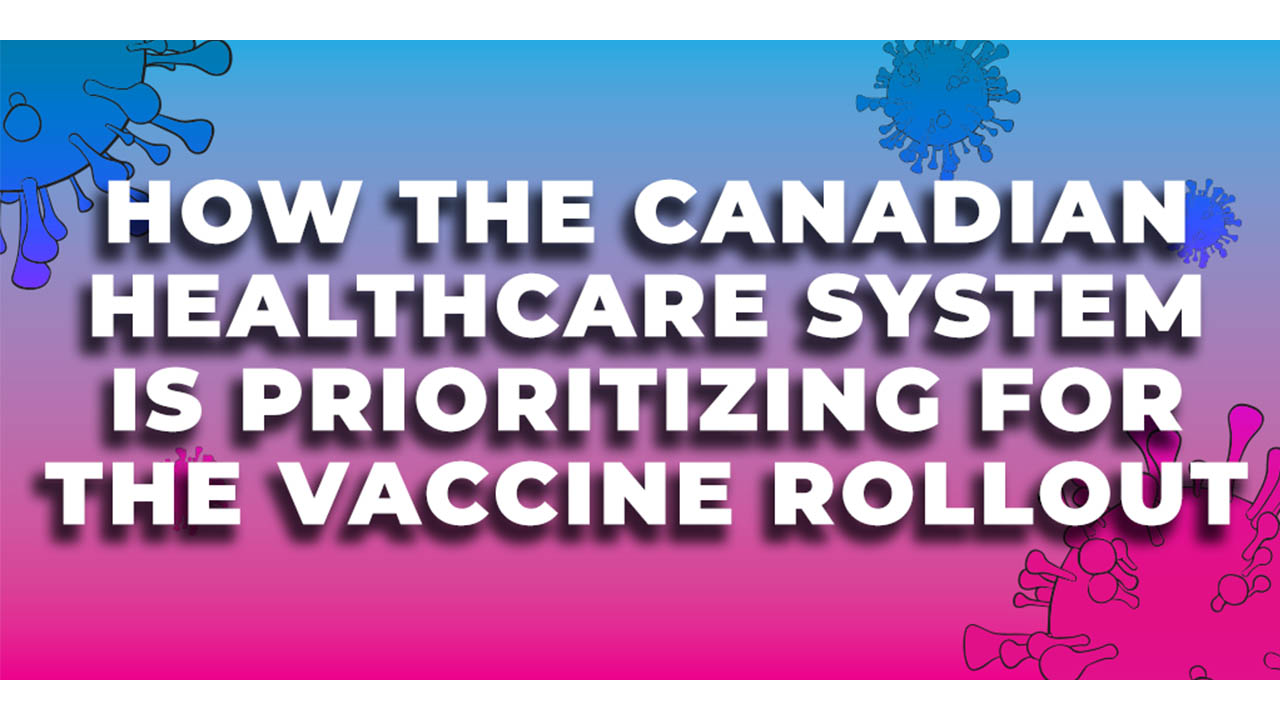How the Canadian healthcare system is prioritizing for the vaccine rollout

After being in a pandemic for over a year, the seriousness of this virus has become evident and a daily worry in everyone’s lives. However, those who are more susceptible to the virus and live in vulnerable communities are most at risk for the consequences of COVID-19.
Systemic racism in Canadian healthcare is not a secret, and the structure of prioritization for the vaccine rollout has proven for the nth time that vulnerable communities, like the Indigenous population, suffer from the prejudice of the system.
Minister of Indigenous Services, Marc Miller, has emphasized that Indigenous communities are more than three times at risk to the virus. He’s also said that the science is proving why Indigenous people should be prioritized for the vaccine.
There are even some people who will go to far lengths to get the vaccine when more vulnerable communities are at risk. In late January, married couple Rodney and Ekaterina Baker from Vancouver flew a private plane to a small community, Beaver Creek, posing as motel employees in order to receive the first doses of the Moderna vaccine.
This rural community was receiving priority due to their limited access healthcare services, and Baker, the CEO of a Canadian Casino, and his wife decided to take advantage of the community. Their violation was quickly reported however, as the small town was able to identify that they were not part of the community. However, there may be others who are trying to do the same in order to receive the vaccine at an earlier time than those who are prioritized. It is important to recognize that there are more vulnerable communities who need this vaccine first, such as rural and Indigenous communities who do not have quick access to medical services.
The reason why Indigenous communities are more vulnerable is due to the limited access they have to healthcare. That is why there needs to me a structured plan to aid Indigenous communities and safely transport vaccines to the more remote locations where Indigenous communities reside.
The reason why Indigenous communities are more vulnerable is due to the limited access they have to healthcare. That is why there needs to me a structured plan to aid Indigenous communities and safely transport vaccines to the more remote locations where Indigenous communities reside.
Dr. Marcia Anderson, of the COVID-19 Pandemic Response Coordination Team, has shared that First nations people make up 73 per cent of all presumed active cases, 50 per cent of hospitalizations, and 52 per cent of ICU admissions [in Manitoba]. The hike in cases among the Indigenous population has officials making more vaccines available for Indigenous communities.
Ornge Air is an air ambulance team that provide medical services by air transport and are leading this project by transporting the vaccines by air to the remote Indigenous communities. A good measure this operation is taking is providing cultural training to the members before heading to the communities. This is an important part of the process to ensure that Indigenous communities are respected and are treated with culturally safe care.
According to the latest data on Feb. 18, those communities have been receiving the shots they need. More than 83,000 doses have been administered so far in more than 400 Indigenous communities. 25 per cent of adults in these communities have received at least one shot — a rate six times higher than the one for the general population.














